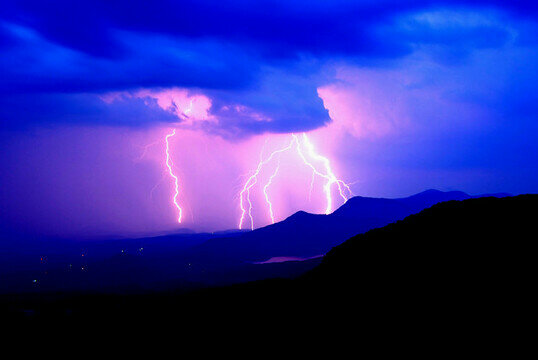Lightning Injuries / Prevention & On Site Treatment in Mountains & Remote Areas

Abstract
Lightning is a hazard during outdoor activities, especially for hikers and mountaineers. Specific prevent- ive measures include staying off ridges and summits, and away from single trees. If possible, stay close to a wall but keeping a distance of at least 1 m away from the wall. All metal objects (carabiners, cram- pons, ice-axe, ski poles etc.) should be removed and stored away safely. Lightning currents can follow wet ropes. To prevent blunt trauma the helmet should not be removed. Move as quickly as possible away from wire ropes and iron ladders. The crouch position should be adopted immediately if there is a sensation of hair “standing on end”. Crackling noises or a visible glow indicate an imminent lightning strike. Rescue of lightning victims may be hazardous. Airborne helicopters can be struck by lightning with disastrous effects. It is prudent to wait until the danger of further strikes has passed. Treatment of lightning victims is based upon the ABCs – (Assessment) Airway, Breathing and Circulation. Victims who are not breathing can often be resuscitated and should be helped first. Respiratory arrest may be pro- longed, but the prognosis can be excellent if breathing is supported. Standard Advanced Life Support (ALS), if necessary, should be given at the scene.
Keywords: Cardiopulmonary resuscitation (CPR), Emergency treatment, Lightning injury, Prevention, Mountain Rescue, Respiratory Arrest.
-----------------------------
Please look at the attached file for the complete recommendation!